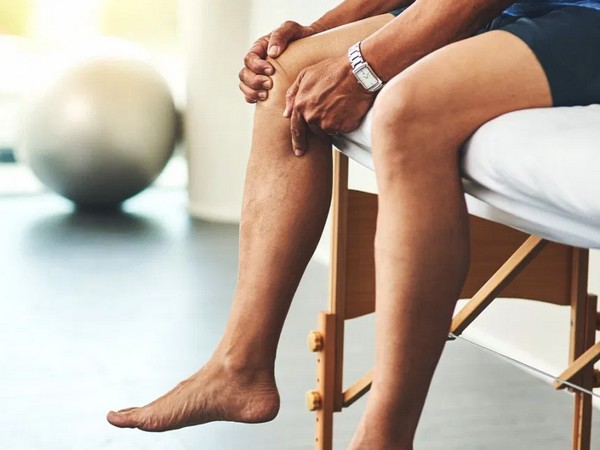
Physical therapy, designated for knee pain, involves a comprehensive assessment and evaluation of your entire lower extremity.
Your physical therapist can assess your knee pain and prescribe the proper treatment to address your problem. It involves modalities and exercises which are proved to be very effective in decreasing your knee pain.
Also, it plays a significant role in improving your overall mobility. Many physical therapy clinics are inclined to address your pain in the knee.
Is this your first time at a physical therapy clinic? Not sure what to expect from it?
If yes, then the below-mentioned section will clear all your doubts. Let’s get started with our discussion.
Things To Expect From Physical Therapy For Knee Pain
If your physician has referred you to a physical therapist for knee pain, the initial visit will involve a detailed diagnosis. It also involves proper management of your pain.
During this visit, your therapist will interview you to gather information about the history of your problem. They will also ask you about any past medical history that may cause the widespread problem.
In this way, they will try to have an idea about the relieving and aggravating factors. Based on the information collected during the history, your physical therapist will conduct a focused examination.
The examination may consist of many sections, which includes, but are not limited to:
-
Palpation
It involves using the hands to touch different structures around the knee to feel for any abnormalities. Also, it helps to assess if a particular structure is painful to touch.
-
Gait Evaluation
Gait evaluation involves the assessment of the way you are walking. Physical therapists are trained in quickly noticing any minor changes in the motion around the knee during different walking phases.
-
Strength Measurements
There are several muscular attachments present around the knee. So, a strength measurement can help to effectively determine whether muscular weakness or imbalance is responsible for your knee pain.
-
Range Of Motion Measurements
Range of motion involves how far you can straighten or bend your knee. The physical therapist may consider making use of specialized instruments for measuring how your knee is moving. It aids in treating your problem.
-
Your Balance Assessment
If you are dealing with impaired balance, your knee may be directed to excessive strain and stress. It can be one of the causes of pain.
-
Girth Or Swelling Measurements
Swelling is widespread in the knee after you have come across an injury. A physical therapist may focus on measuring the amount of swelling, which aids in the treatment.
-
Special Tests
These are known to be specific manoeuvres that are performed around the knee. So, it helps determine which structure may be at fault and maybe the cause of the issue.
Physical Therapy Knee Pain Treatment
After your physical therapist has completed a focused examination, they can work with you to start the proper treatment. Also, it would help if you were engaged and active in the program.
Often, they will prescribe exercises that help in effectively strengthening and improving the mobility of the knee. In this regard, you may be required to perform exercises at home and as part of a home exercise program.
So, for the treatment of your knee pain, exercising should be your primary tool. Some of the best exercises that may help your knee pain include:
Short arc quads
- Straight leg raises and quad sets
- Balance exercises
- Lower extremity stretches
- Exercises which help in strengthening your hips. Your hip muscles help in controlling the positioning of your knees. Weakness in this region may be responsible for knee pain.
Your physical therapist will also let you know how often to perform your exercises at home.
Whenever you consider visiting a physical therapy clinic, they will monitor your progress. While you are in the clinic, they may also perform other treatments such as:
Kinesiology taping
- Electric stimulation
- Ultrasound
- Application of ice or heat
- Knee joint mobilization or soft tissue massages
But, passive treatments such as e stim or ultrasound have not been proven to be the most effective knee pain therapy. They may feel good, but your main focus with physical therapy should be to restore your functional mobility.
So, to get a good idea of what to expect, you need to talk about the goal of each treatment approach.
If your knee pain lasts for more than 2 to 3 weeks, it is recommended to visit a healthcare provider or physician. It is also applicable if it occurs due to some significant trauma.
Final Verdict
So, if you are dealing with knee pain, then it can limit your day-to-day activities.
To resolve the issue, you will have to work with your physical therapist. Also, physical therapy helps to maintain the mobility of the knee joint and keep it strong.
You can maintain your mobility and avoid knee pain issues by regularly practising physical therapy.
